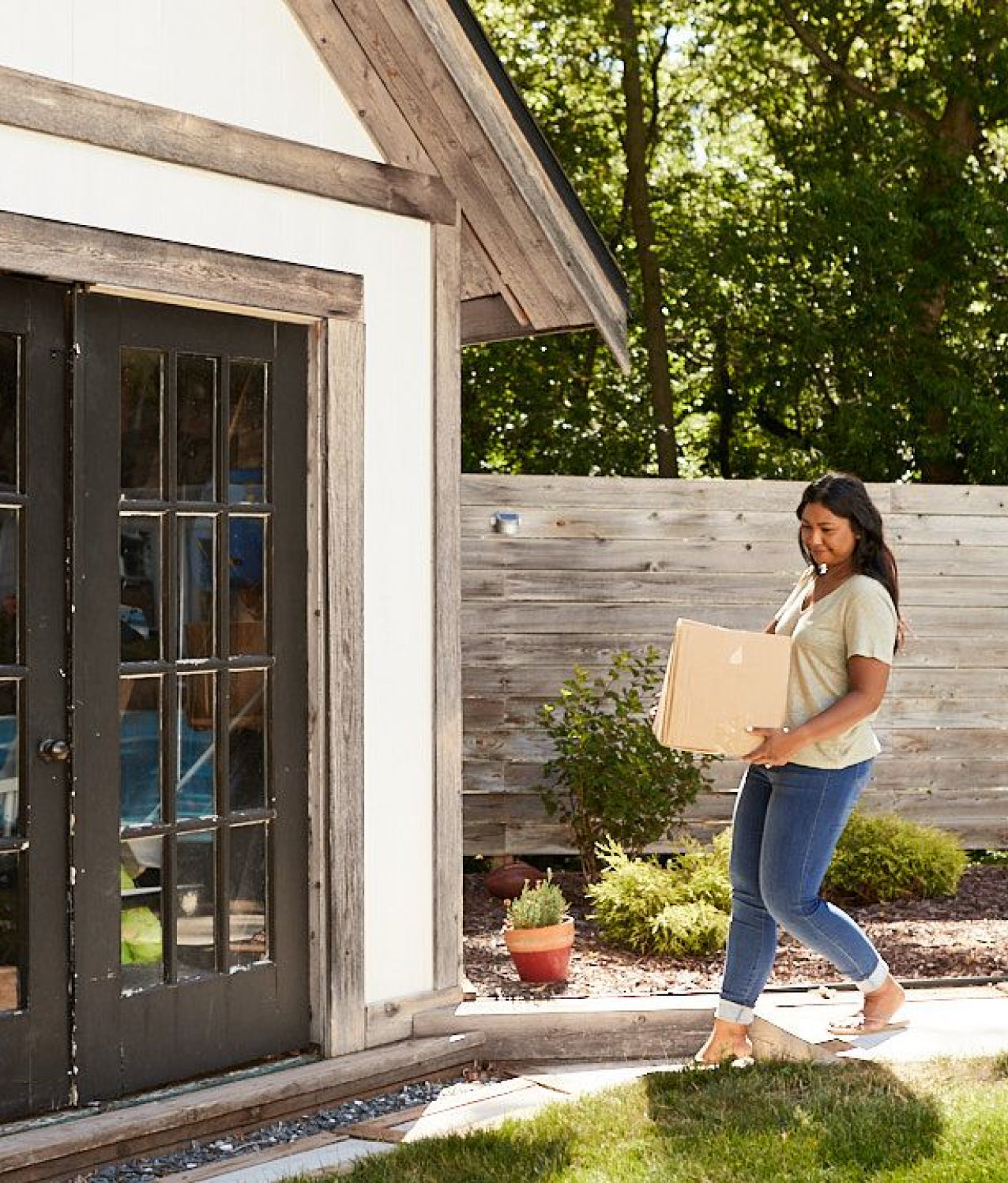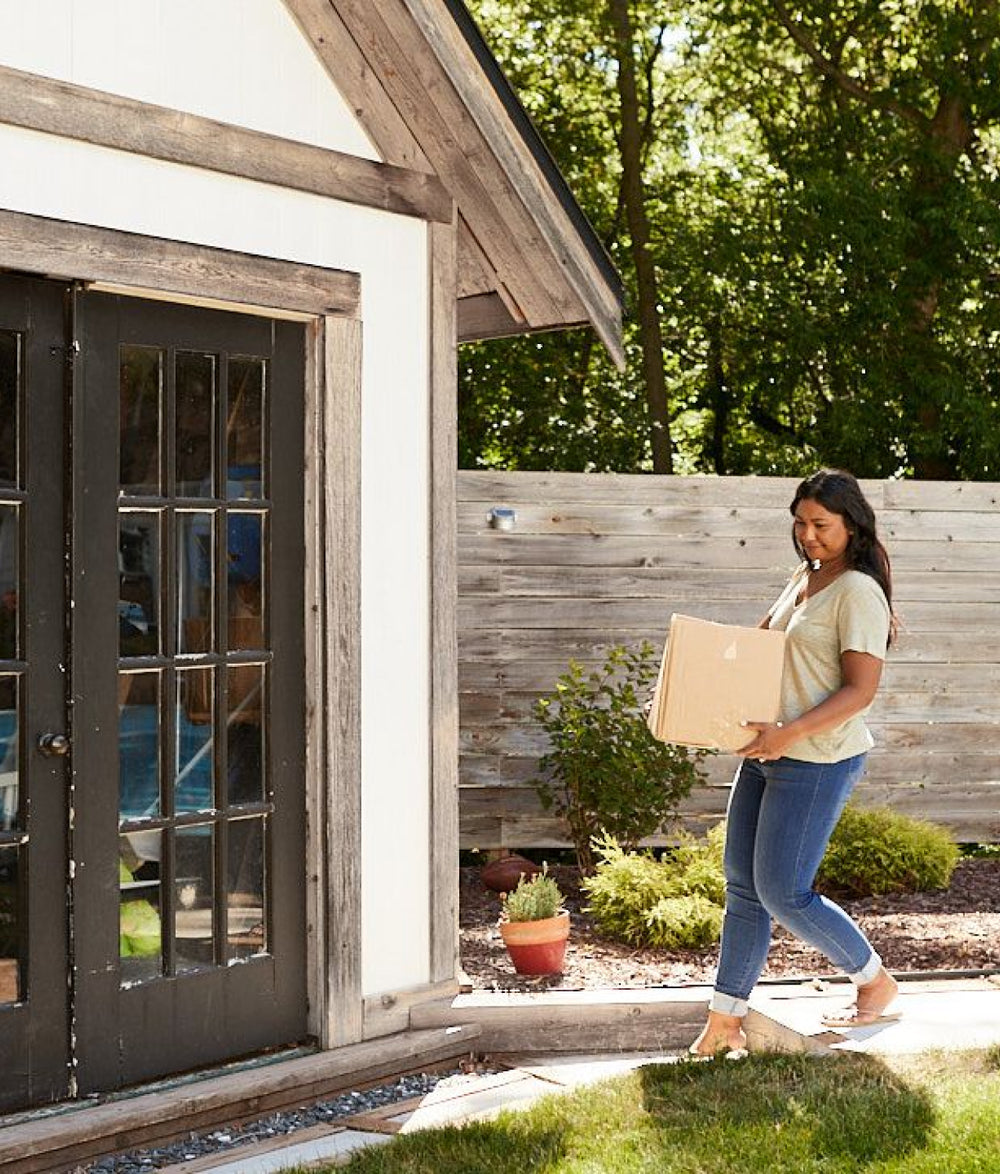Wellness Reel
This carousel contains a collection of video. Use Next and Previous buttons to navigate, or jump to a slide with the slide dots.


You're $35 away from free shipping Shipping is free on orders over $35 in the contiguous US and for APO/FPO/DPO addresses! Orders under $35 to the contiguous US have a flat shipping rate of $8. Flat rate shipping outside of the contiguous US is $15 (Alaska, Hawaii, US Territories and Canada). !
This carousel contains a collection of video. Use Next and Previous buttons to navigate, or jump to a slide with the slide dots.


We use cookies and similar technologies to provide, protect and improve our services and to personalize content and ads.
By clicking "Accept", you consent to our use of cookies.